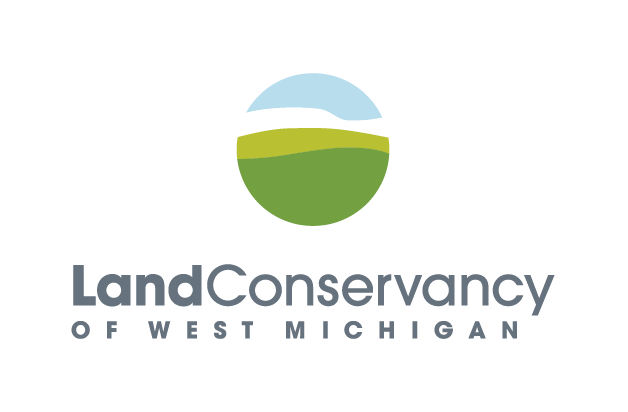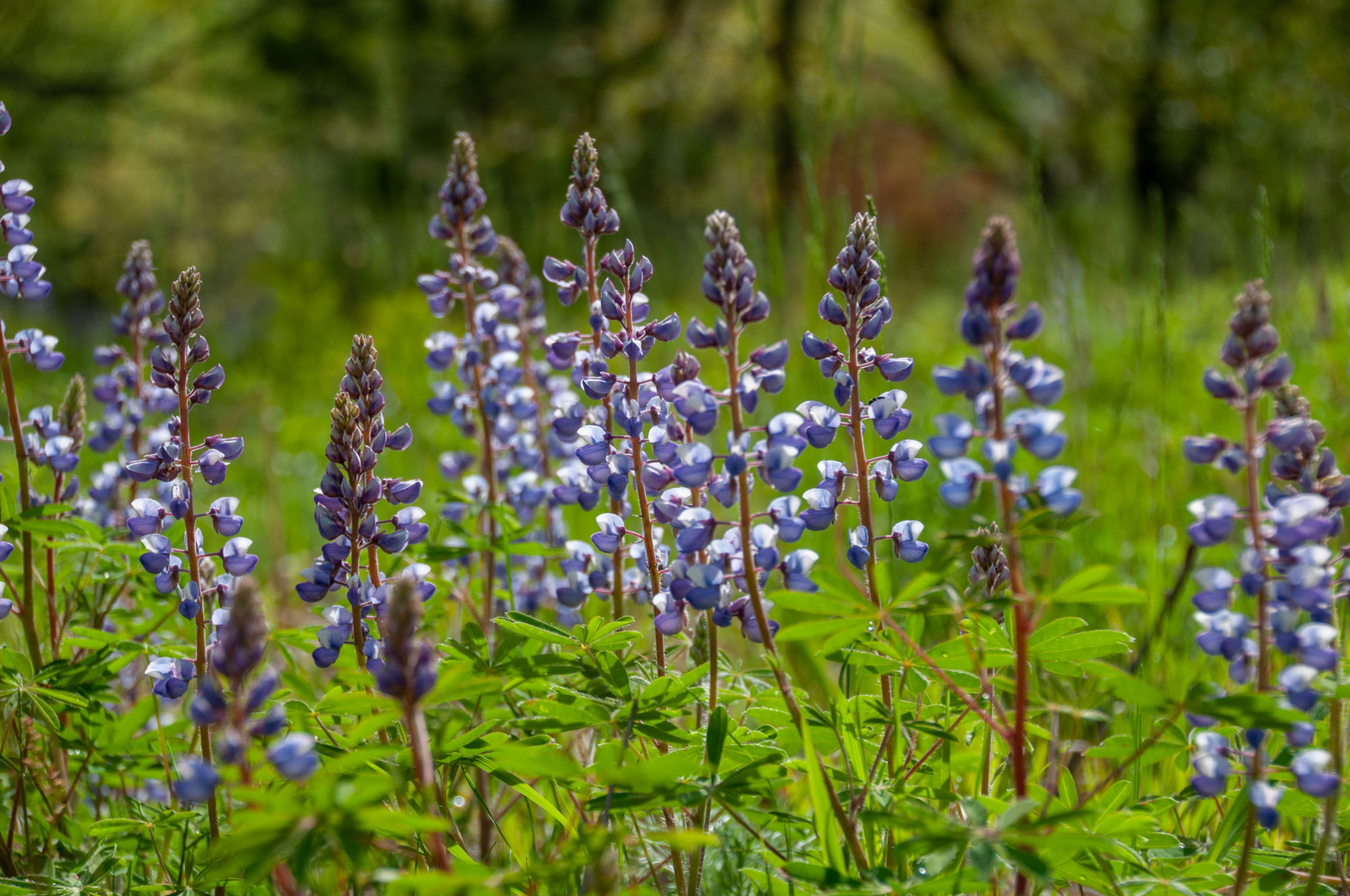
Celebrating 10 years of Conservation Director Justin Heslinga
We are celebrating Conservation Director Justin Heslinga’s 10-year anniversary of working with the Land Conservancy of West Michigan. Over the course of the last decade, Justin has been an instrumental leader in caring for the natural lands LCWM has worked with the community to protect. During his tenure, he has managed visionary projects like LCWM’s Strategic Conservation Plan and the restoration of The Highlands, expanded the organization’s volunteer community through our Second Saturday Workdays and the Prescribed Burn Crew, and ensured the day-to-day care of our constantly growing roster of natural lands. Through it all, he has cultivated meaningful relationships with conservation professionals, volunteers, and supporters, sharing his passion for the protection of the natural world and inspiring a community of conservationists. We are grateful to Justin for his 10 years of service and for his continued commitment to advancing the mission of the Land Conservancy of West Michigan.

Justin Heslinga, Conservation Director
We asked Justin to reflect on the last decade in his role at the Land Conservancy of West Michigan.
What was it like in the beginning? Can you share a bit about what the Land Conservancy was like ten years ago when you started?
When I joined LCWM in 2014, the organization was in the process of maturing from a relatively small (but mighty) non-profit into one with a more professionalized approach to stewardship, communications, and development. When I started, we had one rusty pickup truck, a mishmash of tools, and a shoestring budget with which to manage our nature preserves. We’ve made big strides towards increasing our capacity across the organization since that time, and it’s been great to work alongside a talented and passionate team of conservation professionals to help make that happen. While some of the faces have changed over the last ten years, what hasn’t changed is our dedication to protecting and restoring ecologically critical land.
How has your role evolved and changed over the last decade?
When I started in 2014 as LCWM’s Stewardship Coordinator, I was tasked with building up our relatively nascent stewardship program. As the only stewardship person on staff, most of my time was spent on the day-to-day fieldwork tasks of managing a growing portfolio of nature preserves. It was a lot of invasive species control and trail maintenance, and it felt overwhelming to keep up with it all. Over the past decade, thanks to generous supporters, our stewardship department has grown to three full-time employees plus seasonal interns. That growth has allowed us to move from triage and catch-up to being able to proactively tackle larger ecological restoration projects. As a result, I’ve stepped back from daily fieldwork to focus more on project management, grants, strategic planning, and doing whatever is needed to support our staff in the field. I’ve also recently enjoyed working with our Land Protection staff to help expand our network of preserves and conservation easements.
How has your role challenged you?
One of the most challenging (and fun) aspects about working in stewardship is the constant need to adjust and improvise. In the field, our team is always adapting to weather and schedules and shifting priorities – sometimes several times throughout the course of a day. There’s not an instruction book for most of the things we do in the field. From repairing equipment to planning a new restoration project, almost everything requires a good dose of creativity and problem-solving. More recently, I’ve been challenged to apply that same flexibility and nimbleness learned from years of fieldwork to my role in managing people and projects.
What have been your favorite parts of the job?
Easily, my favorite part of my job is seeing ecosystems successfully recover as a result of our restoration actions. A great example of this is Lamberton Lake Fen. In the 1970s, Michigan Natural Features Inventory identified the site as a rare prairie fen community, but noted that it was too overrun with invasive buckthorn to be worth saving. After some small-scale successes removing the buckthorn in the 2000’s, LCWM committed to a full-scale restoration of the site in 2015. What’s neat about the site is the native seedbank is still intact – once the dense buckthorn is removed, the sun-loving native plant community rushes back to life. After nearly ten years and thousands of volunteer hours, the fen is now almost completely free of buckthorn and the native community is thriving. Some of the areas that were completely covered in buckthorn a few years ago are now among the most biodiverse on the site.
Another example is the oak forest at Wege Natural Area. When that preserve was acquired, the forest was fire-starved and choked with invasive species and overgrown red maple. There was virtually no life happening on the forest floor – very low diversity, and no regeneration of oaks or other canopy trees. In 2016, we found a pocket of oak wilt in the forest. That normally would be a devastating find. But by collaborating with federal, state, and local partners, we devised an unconventional timber harvest that both mitigated the oak wilt and thinned out the red maple, letting more light reach the ground. Proceeds from the timber sale funded follow-up work with staff and volunteers to manage invasive species, plant native seeds, and conduct prescribed burns. It’s now one of the most diverse forest understories anywhere in West Michigan, and it’s pretty remarkable to think about that change.
What do you consider your biggest professional achievement with LCWM?
It’s hard to pick just one highlight, but one project I’m particularly proud of is starting our volunteer prescribed burn crew, which was launched in 2016. Returning fire to the landscape is, without question, the single most impactful thing we can do to restore prairies, oak savannas, and oak forests, which are some of the most imperiled ecosystems in the world. Relying solely on contractors to conduct burns is expensive and has other drawbacks. Since starting our crew of trained staff and volunteers, the acreage we burn annually has increased by over a factor of ten, while at the same time reducing costs. Having our own crew also gives us more control over when we burn, which has a lot to do with how effective burns are at achieving specific ecological outcomes. Beyond the ecological impacts, more than 200 community members have completed our prescribed fire training so far, and it’s been fun to see our repeat volunteers start to develop real expertise with prescribed burning.
What inspires you to continue your work with LCWM?
I’m inspired because there’s still so much work left to do. And we have the knowledge and tools to do it. As LCWM and its supporters continue to grow, we’re well-positioned to protect and restore increasingly larger and more significant natural lands.
Can you share a favorite memory (or a funny memory) from your time on the job?
I’m sure if this is my favorite or least favorite memory, but when we acquired the Highlands project with Blandford Nature Center, the property had a pond that was stocked with about 30 massive orange and white koi. While koi are beautiful, they’re voracious eaters and disruptive to native ecosystems and had to be removed before we restored the pond to a more natural wetland. Across multiple years, we tried catching them with every method imaginable – salmon nets, seine nets, hook-and-line fishing, homemade traps involving barrels and massive bags of fish food – but nothing worked. Eventually, we resorted to lowering the water level in the pond so it wasn’t much more than a mud puddle. Then, we floated over the top, precariously balanced on makeshift rafts, and grabbed the koi with nets, trying not to tip into the muck as we wrestled the fish into tanks on the shore. (The fish were re-homed by a koi enthusiast from the community). Two of the koi evaded all capture efforts and are still living in the wetland. At this point, they’ve earned the right to stay.
The Land Conservancy of West Michigan staff and board of directors are so grateful to Justin for his continued service helping permanently protect West Michigan’s ecologically critical lands. If you would like to share a memory or note of congratulations with Justin, please leave a comment below!














Joe Engel
Great article! I think its also worth noting that Justin modestly omits his contributions as teacher and mentor for those less well-versed (which is just about everyone) on west Michigan’s landscape and flora and fauna, as well as the critical ecological underpinnings of our amazing but stressed planet. He is never too busy to thoughtfully answer a question – whether its staff, a volunteer, a donor, a hiker, or a child taking his or her first walk in the woods. Justin has given countless hours of time appearing before different groups, blending his passion and advocacy for conservation into a focused message that continues to inspire and motivate. If you’re around Justin enough, you might also notice that in addition to his excellent leadership and work ethic he possesses a rather dry wit that somehow finds its way into his motivational tool kit. I look forward to his next ten years! Joe Engel
David Rinard
Justin
Congratulations. You have and continue to make a difference. It’s been an honor to have been associated with you.
Margaret Idema
Hi Justin, I echo both Joe’s and Dave’s comments.. It’s been quite a few years since I was a board member but I was always impressed with your knowledge and ability to pass it onto environment novices like myself. I love your story about catching the koi at the Highlands. My board membership was back in the day when we first acquired the Highlands in tandem with Blandford. I’m marking it in my calendar to get back there to see the progress…I know I’ll be impressed with how it has evolved. Glad to know you are still at the Land Conservancy, continuing to thrive and, as Joe said, to mentor others in their desire to be good stewards of our environmental world.
Mindy Miner
Congratulations, Justin, on ten years of a stellar career! You were my first contact with LCWM and I have loved the organization ever since. I have learned so much from you over the years. Your expertise and professionalism inspires all of us. I hope you’re really happy because we’re counting on at least another ten! ?
Claire Guisfredi
Wonderful stories, Justin! You are the reason that I am a Preserve Steward. You encourage others to get involved, even novices like me with no background in environmental sciences. I have seen how far the Land Conservancy has come over the years and you are a huge driver of the progress. Well done!